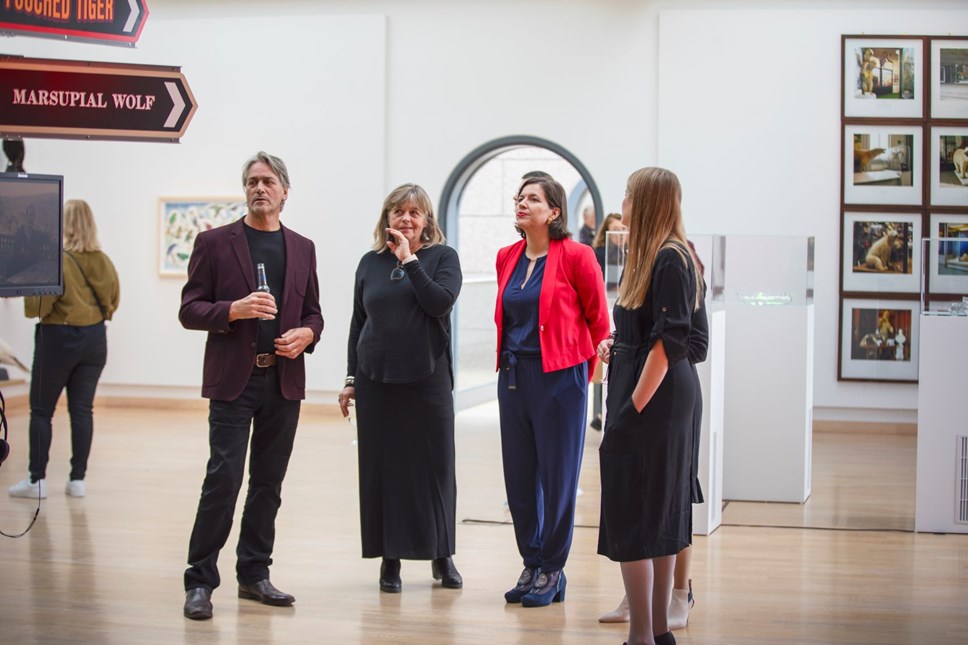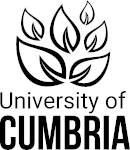
Major Icelandic shows for Cumbrian artist
Acclaimed work by a University of Cumbria fine artist is on show in two major solo Icelandic art exhibitions, one opened by the country’s first lady, the other a five-room epic funded by a leading science institution.
Professor Mark Wilson has spent the last 20-years working with Professor Bryndís Snæbjörnsdóttir, from Iceland’s University of the Arts, on assignments engineered to establish the sheer force of art on conservation.
So important are their contributions, the project and newly launched show in Akureyri received support to the tune of £280,000 from Icelandic Research Council Rannis, its first ever non-scientific grant.
In Visitations, the pair focus on two polar bears which were shot in Skagafjördur 13-years-ago. Their bones form part of an exhibition emphasising an often violent and hierarchical plight between people and arrivals of the Arctic carnivores between 1880 and 2016.
Meanwhile, in Reykjavik, a retrospective show featuring two decades of collaboration between professors Wilson and Snæbjörnsdóttir was opened earlier this month by Iceland’s first lady Eliza Reid.
Their work featured at the first gathering of United Nations after all 193 member states adopted sustainable development goals. Heads of state and delegates saw the raw power and poignancy of hard-hitting exhibits and film footage designed to prick consciences.
Prof Wilson explained: “Even though there are widespread expensive and dynamic conservation measures in place across the world for wildlife, threats are still very much unaddressed.
“It’s this tension and conflict that we, as artists, find fascinating. I believe that art is unique in the way it can draw on all kinds of media to expose complex situations and contradictions in human behaviour.
“Polar bears were inevitably shot after finding themselves on Icelandic shores. However, in a changing world of global warming, rising sea-levels and increasing migration, attitudes are being reevaluated, tinged as they are with sadness and grief.
“The growing sense of past mistakes led us to Visitations, which includes drawings, collages, sculptures, photography, film and audio.”
The country’s second largest city, Akureyri was chosen because of its location on the north coast where the polar bears arrive, in most cases, it is assumed, from Greenland.
Prof Wilson explained Rannis’s support was significant because of its scientific status, adding: “As artists we often consult and involve scientists in our research.
“In turn it has helped communicate aspects of their investigations with wider audiences well beyond art into science and humanities.
“The triumph is sweetest when people are moved emotionally by our work. The legacy is in showing how conservation and scientific data are only a part of any story, not the story itself.
“Through strategies of humour, wonder and surprise, we continue to find ways of getting the messages across.”
Bryndís Snæbjörnsdóttir has been a visiting professor at University of Cumbria for the last 10 years. Her surname means snow bear’s daughter.
Visitations will run for three months until January 16, 2022 and the Reykjavik retrospective show until January 9 next year.
For interview requests, please contact Karen Barden 07793 083106 or 015395 52366.
Picture shows artists Professors Mark Wilson and Bryndís Snæbjörnsdóttir, first lady Eliza Reid and museum director Brynja Sveinsdóttir
Prof Mark Wilson working on the polar bear project
